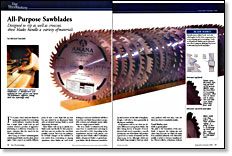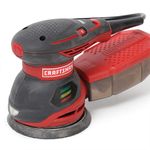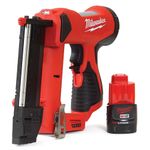All-Purpose Sawblades
Designed to rip as well as crosscut, these blades handle a variety of materials
Synopsis: Michael Standish’s tests of 23 industrial-grade, carbide-tipped 10-in. sawblades persuaded him to reconsider using separate blades to rip and crosscut. His best bet, he says, is an all-purpose blade with an identical backup blade to avoid sharpening downtime. In this article, he covers blade basics and shares his methods of testing, notes on each blade, and his comments on each. He found that good blades start with a good plate, and good tensioning helps it run true. Blades have two possible tooth patterns, alternate top bevel and alternate top bevel and raker. And their geometry affects the cut. Thin-kerf blades use less power. Standish offers information on brazing and carbide. A large chart details the blades’ individual features and comparisons.
For years, I have used one blade for ripping and another for crosscutting on the tablesaw. Somehow the idea that a single blade could both rip and crosscut seemed a product of aggressive advertising or a reflection of runaway consumer optimism (like the search for the 200-mpg carburetor).
After trying 23 of these industrial-grade, carbide-tipped blades, I have come to an entirely different point of view. I now think that my best bet may indeed be an all-purpose blade with an identical backup blade to avoid sharpening downtime.
These blades will not rip as quickly as a blade made specifically for that purpose, and they may not produce the smoothest possible crosscut. But if you are making a lot of blade changes on the tablesaw as you switch from crosscutting to ripping operations, these blades are well worth looking at. And your checkbook will like it if you buy one blade that produces acceptable crosscuts and adequate ripcuts rather than two single-purpose blades.
The 10-in. blades I evaluated in the shop came from 12 manufacturers and range in price from $26 to $109. Depending on the manufacturer and the tooth pattern, you might see these blades called combination blades, all-purpose blades or general-purpose blades. But all of them are intended to rip and crosscut. For the sake of simplicity, though, I will refer to them generically as all-purpose sawblades.
In appearance and in cost, there are obvious differences among these blades. But after cutting dozens of samples of wood, plywood and wood composites, I can tell you that any one of the blades will produce a good cut in a variety of materials. Although I didn’t use the blades long enough to find out which ones perform well over time, over the short run, they’re remarkably similar.
Good blades start with a good plate
The plate is the foundation of the sawblade. It supports the cutting tips and clears chips from the cut. Plates are made from annealed (relatively soft) sheet steel, usually a nickel or chrome-vanadium alloy. They’re rolled to a thickness of about 085 in. to .095 in. for regular kerf blades and .075 in. for thin-kerf blades.
Well-made plates, like the ones used in this evaluation, are either milled or laser cut. These techniques induce less stress than stamping, which is an inferior method. At this stage of manufacture, the plate is given the basic configuration: gullets and shoulder shape, tooth pockets, expansion slots, sound-suppression slots (if any) and arbor hole.
After being cut to shape and size, a plate is hardened and tempered. The relative hardness of steel is usually measured in terms of the Rockwell hardness scale (Rc). For normal woodworking applications, plates are hardened and tempered to between Rc38 and Rc44.
From Fine Woodworking #120
For the full article, download the PDF below:
Fine Woodworking Recommended Products

Shop Fox W1826

Craftsman Random Orbit Sander

Milwaukee M12 23-Gauge Cordless Pin Nailer





















Log in or create an account to post a comment.
Sign up Log in